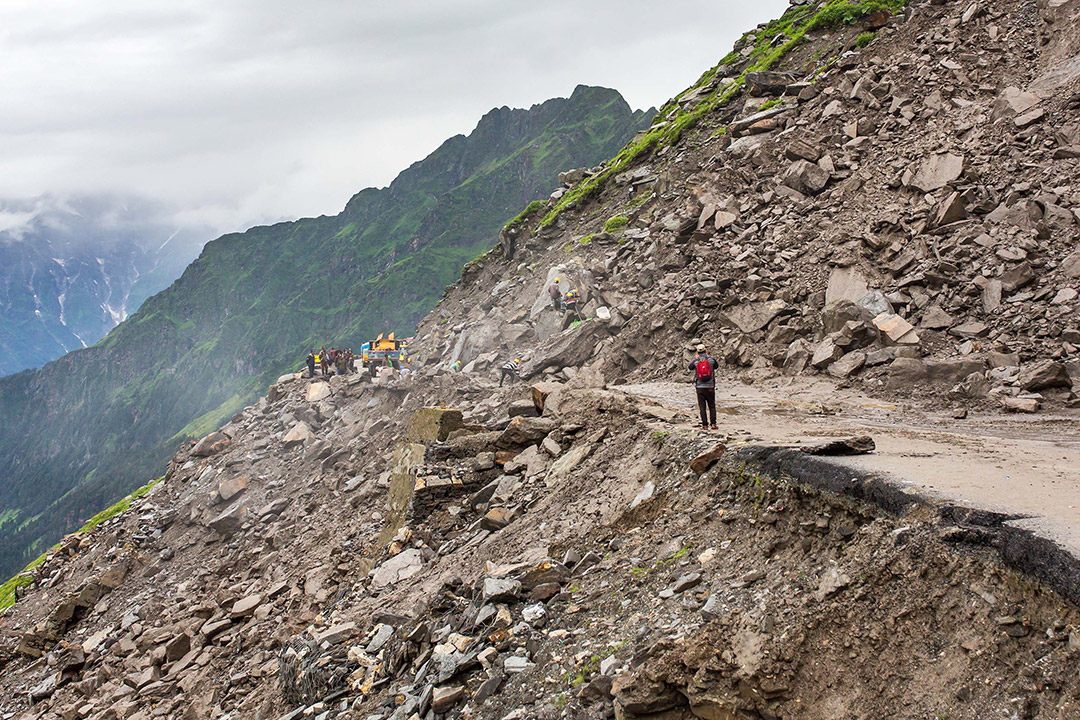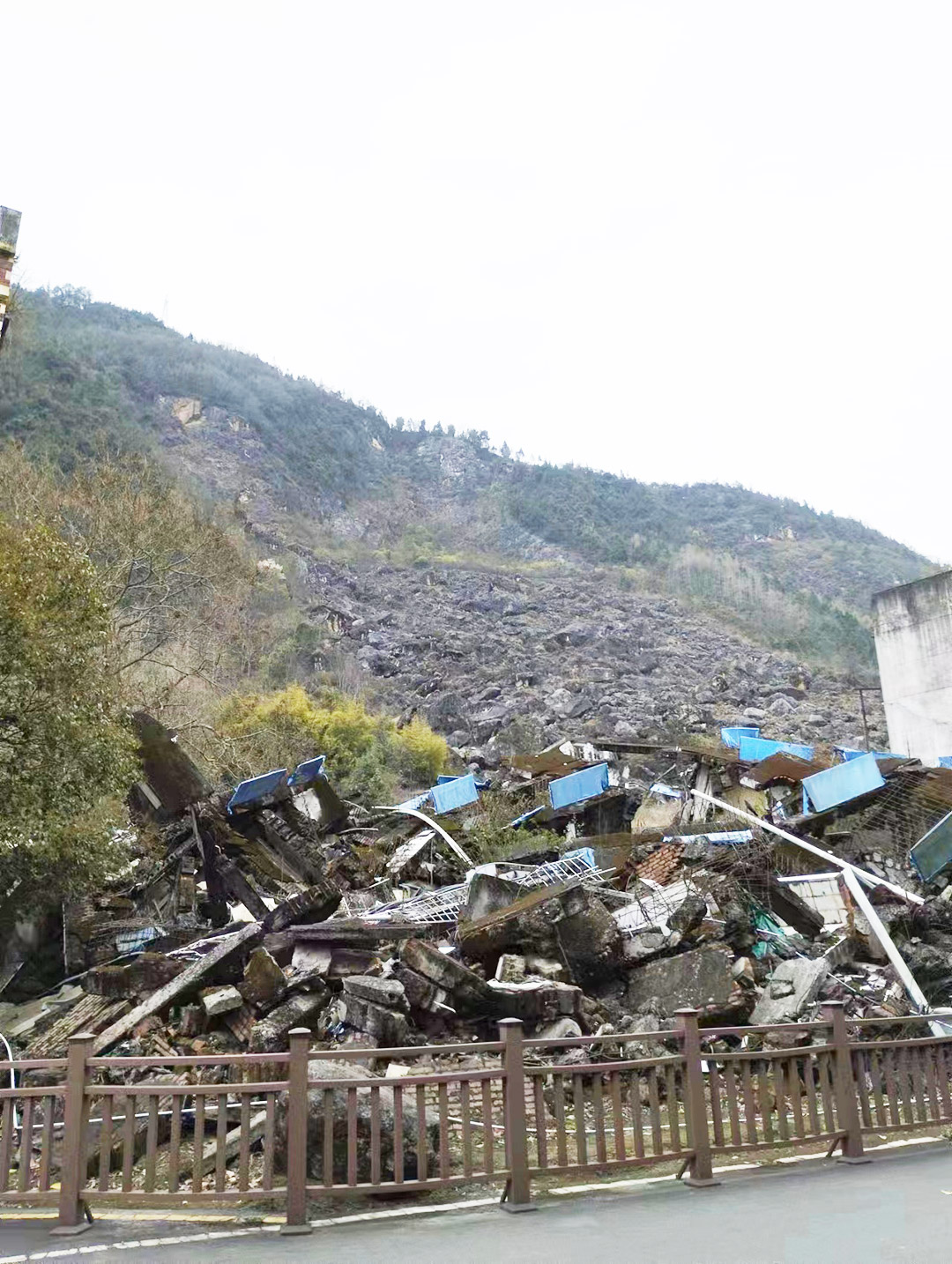Researchers introduce new way to study, help prevent landslides
RIT Ph.D. student and professor co-author paper published in ‘Nature Communications’
Mazur Travel/stock.adobe.com
Landslides cause catastrophic loss of life and damage every year around the globe. Researchers have introduced a new way to study these natural disasters.
Landslides are one of the most destructive natural disasters on the planet, causing billions of dollars of damage and devastating loss of life every year. By introducing a new paradigm for studying landslide shapes and failure types, a global team of researchers has provided help for those who work to predict landslides and risk evaluations.
Rochester Institute of Technology Ph.D. student Kamal Rana (imaging science) was a lead author on a paper recently published in Nature Communications announcing the research, along with co-author Nishant Malik, assistant professor in RIT’s School of Mathematics and Statistics. Kushanav Bhuyan, from the University of Padova and Machine Intelligence and Slope Stability Laboratory, was also a lead co-author.
Current predictive models rely on databases that do not generally include information on the type of failure of mapped landslides. By using the aerial view and elevation data of landslide sites combined with machine learning, the researchers were able to achieve 80-94 percent accuracy in identifying landslide movements in diverse locations around the world. Specifically, the study introduces a method of examining slides, flows, and fails, finding distinct patterns.
Kushanav Bhuyan
Researchers studied landslides around the world, like the 2008 disaster in Beichuan, China, to develop a new paradigm to understand their movements and failure types.
“Our algorithm is not predicting landslides,” explained Malik. “But the people who are in the business of predicting landslides need to know more information about them, like what caused them and what mechanisms they were.”
Various locations were studied, including Italy, the United States, Denmark, Turkey, and China. The wide array of countries helped confirm the strength of the findings, since they can be successfully utilized in diverse regions and climates.
“It was quite exhilarating when we saw the success numbers,” said Bhuyan. “We got the results, which are really good, but we need to be able to connect this to reality.”
The real-world application of this research has a personal impact for Rana, who is from the Himalayan region of India.
“I have seen so many cases when landslides have occurred,” said Rana. “The roads are blocked for two or three weeks. There is no communication from the cities to the villages. It blocks people from going to their jobs or students going to school.”
The hope is that this deeper understanding of failure movements will help those who work to predict deadly events and enhance the accuracy and reliability of hazard and risk assessment models, which will help save lives and reduce damage.
Along with Rana, Bhuyan, and Malik, co-authors of the paper include Joaquin V. Ferrer, Fabrice Cotton, and Ugur Ozturk from the University of Potsdam, and Filippo Catani from the University of Padova.











